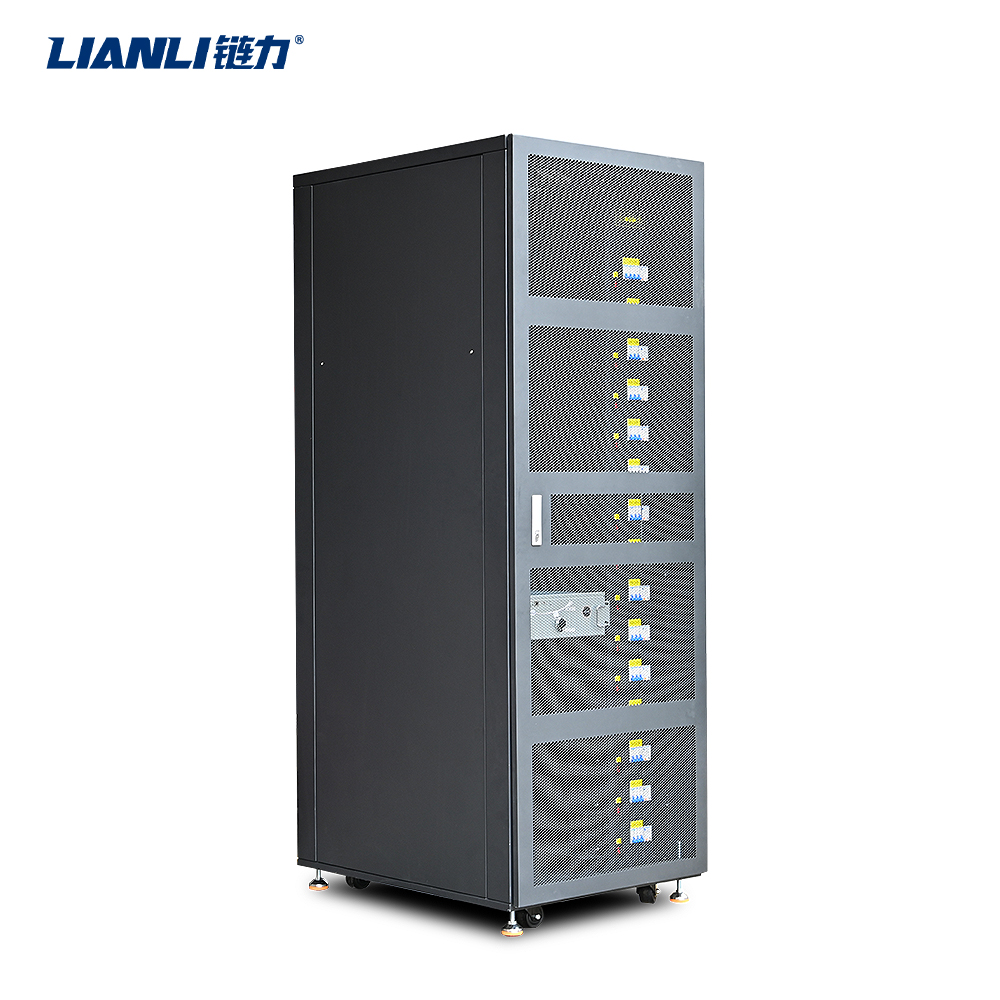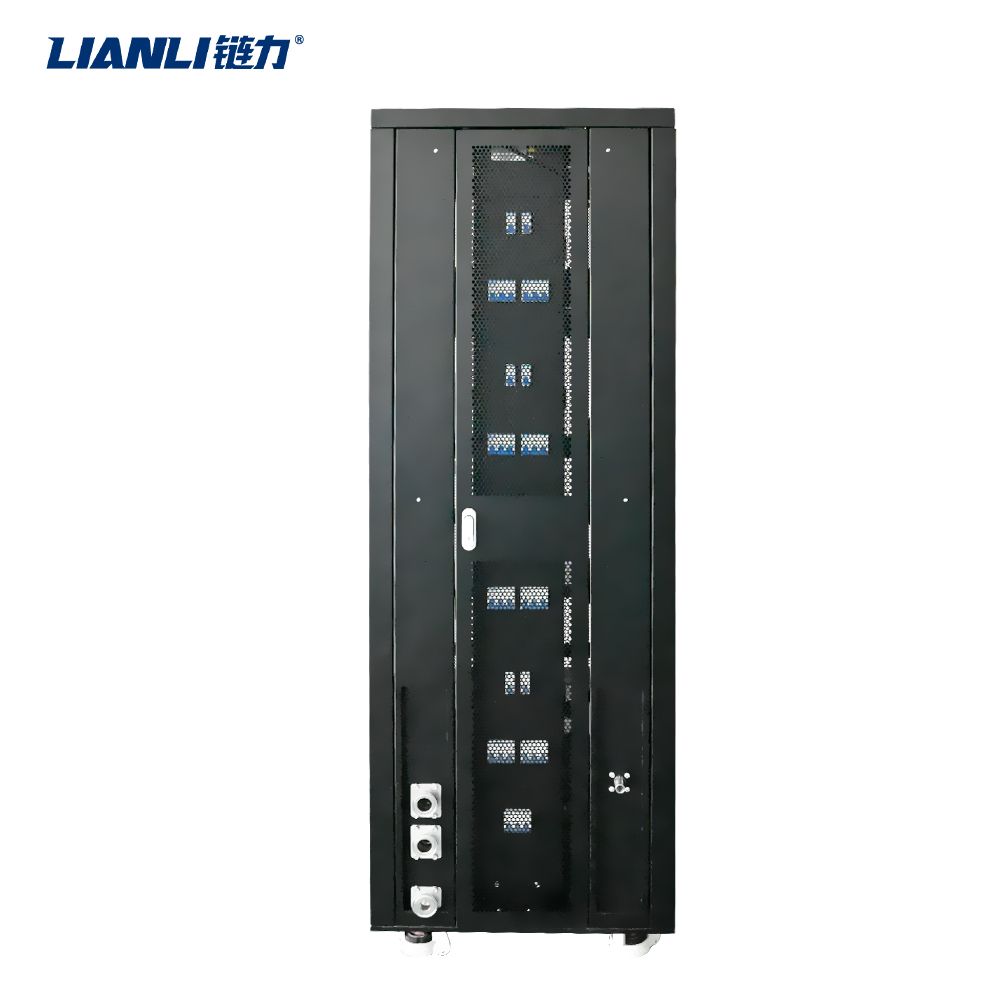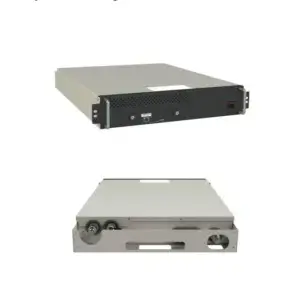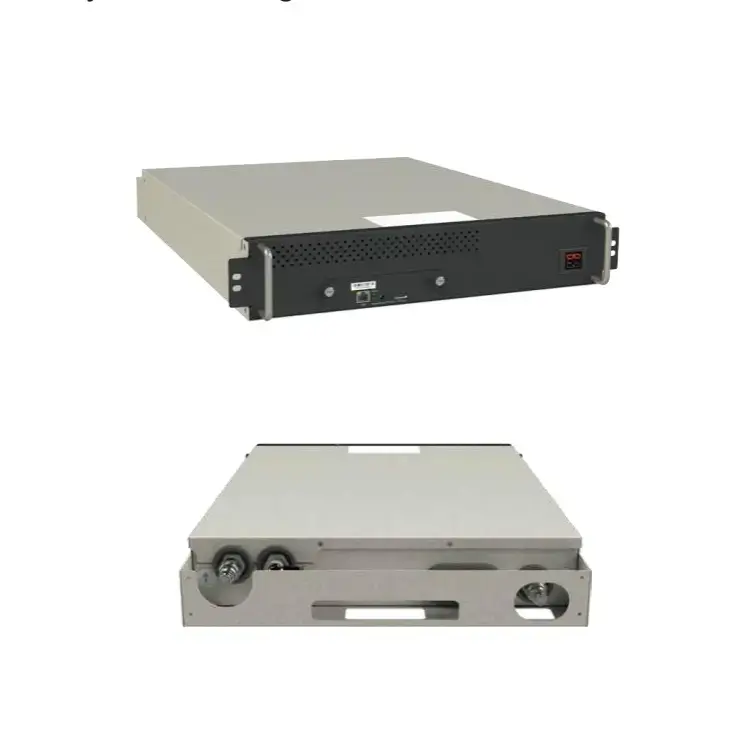Miner S21e XP+: Air Cooling vs. Liquid Cooling: Which Is Better for Mining?.


 When it comes to maximizing the efficiency and longevity of high-performance ASIC miners like the Bitmain Antminer S21e XP+, the choice of cooling method is paramount. The S21e XP+, boasting an impressive hash rate of up to 305 TH/s with an efficiency of 15.8 J/TH, generates significant heat during operation. Managing this heat effectively is crucial for maintaining stable performance, preventing hardware damage, and optimizing profitability. The two primary contenders for cooling such powerful miners are traditional air cooling and the increasingly popular liquid cooling. This article dives deep into the comparison between air cooling and liquid cooling specifically for the Antminer S21e XP+, analyzing their advantages, disadvantages, and overall suitability for cryptocurrency mining operations.
Air Cooling: The Established Standard for the S21e XP+
Air cooling remains the most common and widely adopted method for cooling ASIC miners, including the Antminer S21e XP+. This method relies on powerful fans integrated into the miner’s design to draw in cooler ambient air and expel hot air generated by the hashing boards and power supply.
When it comes to maximizing the efficiency and longevity of high-performance ASIC miners like the Bitmain Antminer S21e XP+, the choice of cooling method is paramount. The S21e XP+, boasting an impressive hash rate of up to 305 TH/s with an efficiency of 15.8 J/TH, generates significant heat during operation. Managing this heat effectively is crucial for maintaining stable performance, preventing hardware damage, and optimizing profitability. The two primary contenders for cooling such powerful miners are traditional air cooling and the increasingly popular liquid cooling. This article dives deep into the comparison between air cooling and liquid cooling specifically for the Antminer S21e XP+, analyzing their advantages, disadvantages, and overall suitability for cryptocurrency mining operations.
Air Cooling: The Established Standard for the S21e XP+
Air cooling remains the most common and widely adopted method for cooling ASIC miners, including the Antminer S21e XP+. This method relies on powerful fans integrated into the miner’s design to draw in cooler ambient air and expel hot air generated by the hashing boards and power supply.


 When it comes to maximizing the efficiency and longevity of high-performance ASIC miners like the Bitmain Antminer S21e XP+, the choice of cooling method is paramount. The S21e XP+, boasting an impressive hash rate of up to 305 TH/s with an efficiency of 15.8 J/TH, generates significant heat during operation. Managing this heat effectively is crucial for maintaining stable performance, preventing hardware damage, and optimizing profitability. The two primary contenders for cooling such powerful miners are traditional air cooling and the increasingly popular liquid cooling. This article dives deep into the comparison between air cooling and liquid cooling specifically for the Antminer S21e XP+, analyzing their advantages, disadvantages, and overall suitability for cryptocurrency mining operations.
Air Cooling: The Established Standard for the S21e XP+
Air cooling remains the most common and widely adopted method for cooling ASIC miners, including the Antminer S21e XP+. This method relies on powerful fans integrated into the miner’s design to draw in cooler ambient air and expel hot air generated by the hashing boards and power supply.
When it comes to maximizing the efficiency and longevity of high-performance ASIC miners like the Bitmain Antminer S21e XP+, the choice of cooling method is paramount. The S21e XP+, boasting an impressive hash rate of up to 305 TH/s with an efficiency of 15.8 J/TH, generates significant heat during operation. Managing this heat effectively is crucial for maintaining stable performance, preventing hardware damage, and optimizing profitability. The two primary contenders for cooling such powerful miners are traditional air cooling and the increasingly popular liquid cooling. This article dives deep into the comparison between air cooling and liquid cooling specifically for the Antminer S21e XP+, analyzing their advantages, disadvantages, and overall suitability for cryptocurrency mining operations.
Air Cooling: The Established Standard for the S21e XP+
Air cooling remains the most common and widely adopted method for cooling ASIC miners, including the Antminer S21e XP+. This method relies on powerful fans integrated into the miner’s design to draw in cooler ambient air and expel hot air generated by the hashing boards and power supply.
- Advantages of Air Cooling for S21e XP+:
- Simplicity and Reliability: Air cooling systems are mechanically simpler, with fewer points of potential failure compared to liquid cooling. The S21e XP+ is designed with robust air cooling in mind, making it a plug-and-play solution.
- Lower Initial Cost: Air-cooled miners like the standard S21e XP+ have a significantly lower upfront cost. There’s no need for additional infrastructure like coolant, pumps, radiators, or specialized plumbing.
- Ease of Maintenance: Maintenance primarily involves cleaning dust filters and ensuring fans are functioning correctly. This is relatively straightforward and can often be performed by the operator.
- Proven Technology: Air cooling has been the standard for years, and its performance characteristics are well-understood for models like the S21e XP+.
- Disadvantages of Air Cooling for S21e XP+:
- Noise: The high-speed fans required to dissipate the S21e XP+’s heat output generate considerable noise, often exceeding 80 dB, which can be disruptive in residential or office settings.
- Heat Dissipation Efficiency: Air is less efficient at transferring heat than liquid. This means the ambient temperature of the mining environment significantly impacts the miner’s operating temperature and, consequently, its performance and lifespan. High ambient temperatures can force the miner to throttle its hash rate to prevent overheating.
- Space Requirements: Effective air cooling requires ample space around the miner for air intake and exhaust, and often necessitates powerful external ventilation systems (like exhaust fans) in large-scale operations to manage the overall heat load in the room.
- Dust Accumulation: Airflow inevitably carries dust, which can accumulate on internal components and heat sinks, reducing cooling efficiency over time and requiring regular cleaning.
- Advantages of Liquid Cooling for S21e XP+:
- Superior Heat Transfer: Liquids have a much higher heat capacity and thermal conductivity than air. This allows liquid cooling to remove heat from the S21e XP+ far more efficiently, maintaining lower and more stable component temperatures even under heavy load.
- Significant Noise Reduction: By eliminating the need for high-speed internal fans, liquid cooling drastically reduces operational noise, often bringing it down to near-silent levels. This makes mining feasible in previously unsuitable locations.
- Higher Density and Smaller Footprint: Liquid-cooled systems can be packed much more densely because they don’t rely on large volumes of air movement. This allows for more miners in a smaller physical space, maximizing space utilization.
- Improved Performance and Longevity: Lower operating temperatures reduce thermal stress on electronic components, potentially leading to higher sustained hash rates (less throttling) and extended hardware lifespan for the S21e XP+.
- Heat Reuse Potential: The heated coolant can be used for other purposes, such as space heating or water heating, improving the overall energy efficiency of the mining operation.
- Reduced Dust Issues: Immersion in fluid completely eliminates dust accumulation on internal components.
- Disadvantages of Liquid Cooling for S21e XP+:
- High Initial Investment: Implementing liquid cooling requires a significant upfront cost for the cooling tanks, dielectric fluid, pumps, heat exchangers, and potentially specialized facility modifications.
- Increased Complexity and Maintenance: The system is more complex, involving fluid management, potential leaks, and maintenance of pumps and heat exchangers. Specialized knowledge may be required.
- Compatibility and Modification: Standard S21e XP+ units are not designed for liquid cooling out-of-the-box. Converting them requires modification, or one must purchase pre-modified or immersion-ready versions, adding to the cost.
- Fluid Costs and Disposal: The dielectric fluid itself is expensive, and proper disposal at the end of its life cycle needs to be considered for environmental and regulatory compliance.




